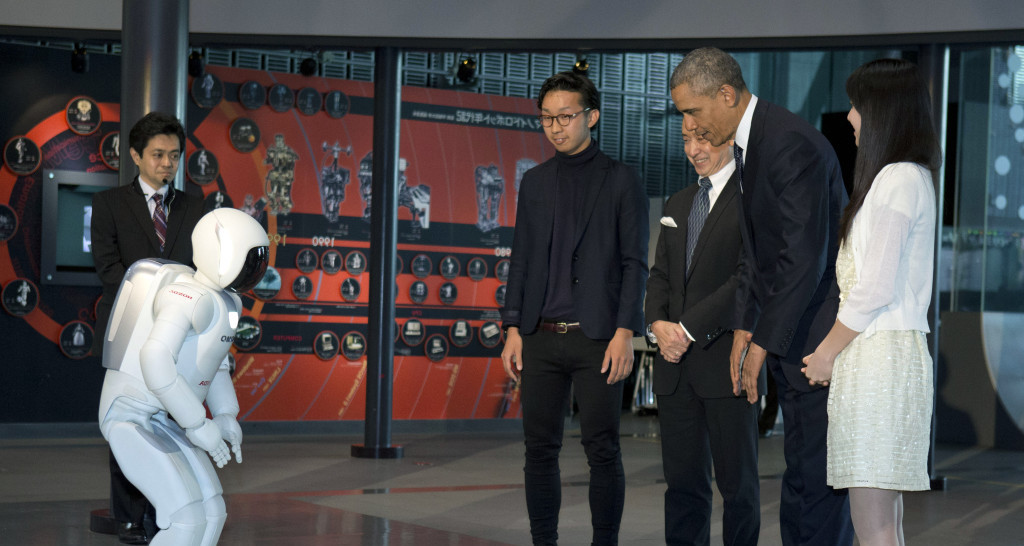
AI-Driven “Virtual Sensors” Transform Safety Monitoring Within Nuclear Reactors
Deep inside nuclear reactors—settings marked by extreme temperatures, high radiation, and hard-to-reach engineering—a new technological guardian is emerging. Researchers at the University of Illinois Urbana-Champaign have introduced an advanced artificial intelligence (AI) system that can track reactor conditions 1,400 times quicker than conventional techniques. This groundbreaking advancement has the potential to significantly improve safety, efficiency, and dependability in nuclear energy production.
Featured in the esteemed journal Nature’s npj Materials Degradation, the study focuses on employing AI as “virtual sensors” in locations where physical equipment cannot endure or be practically implemented. In many respects, this advancement parallels the modern medical field’s use of imaging technologies to unveil the complexities of the human body with remarkable precision—except here, it’s the “heart” of a nuclear power plant under scrutiny.
A Novel Approach to Unseen Monitoring
“In a nuclear reactor, there are areas where no physical sensor can be placed,” stated Syed Bahauddin Alam, assistant professor in the Department of Nuclear, Plasma & Radiological Engineering. “Our study proposes a novel method to ensure the safety of nuclear systems by utilizing sophisticated machine-learning strategies to monitor critical conditions in real-time.”
The enduring challenge has been fundamental: how to securely and accurately observe equipment and materials within the reactor core or in other high-stress environments—one of the most hazardous areas for human personnel or sensitive devices. Conventional sensors are often unsuitable for these regions due to extreme heat and radiation, creating possible gaps in monitoring.
This is where artificial intelligence plays a crucial role. Leveraging machine learning, the research team developed Deep Operator Neural Networks (DeepONet) that can estimate and forecast real-time thermal and hydraulic dynamics without requiring direct physical measurements. The system instead learns from operational data, modeling how concealed systems behave under certain conditions.
Highlight on the “Hot Leg”
One significant application of this virtual sensing strategy is the oversight of the “hot leg” in pressurized water reactors (PWRs). This is the conduit that transports superheated water from the reactor core to the steam generator. If the conditions within the hot leg exceed acceptable limits, it could result in equipment degradation or failure—thus making it a critical focus for ongoing monitoring.
“Imagine having a virtual blueprint of the reactor’s operations,” said Alam. “This blueprint provides us with continuous feedback without the need for instruments in risky or challenging locations.”
By accurately and swiftly simulating these scenarios, the AI alerts operators to early indications of wear or failure. This not only enhances safety and responsiveness but could also prolong the lifespan of vital infrastructure by facilitating predictive maintenance rather than reactive repairs.
Supercomputers Enabling Supervision
The speed and accuracy of these AI models would not have been achievable without advanced supercomputing capabilities. Alam’s team utilized the Delta supercomputer from the University of Illinois’ National Center for Supercomputing Applications (NCSA), which is outfitted with NVIDIA A100 GPUs—state-of-the-art processors specifically tailored for AI and extensive simulations.
“Many thanks to Illinois Computes for funding this investigation,” Alam remarked, recognizing the key role of institutional support. Collaboration with researchers Dr. Diab Abueidda and Dr. Seid Koric at NCSA was vital in converting intricate engineering challenges into scalable machine-learning solutions.
Interdisciplinary Breakthroughs
This innovation highlights a rising trend across scientific disciplines: the combination of traditional expertise with the capabilities of artificial intelligence. Nuclear engineers bring decades of insight into reactor functionality and failures, while computer scientists and AI specialists develop models that can learn, evolve, and forecast.
“This partnership illustrates the synergy produced when cutting-edge AI techniques, high-performance computing capabilities, and domain knowledge come together,” Abueidda noted. “By merging our unique skill sets, we have accelerated research while improving the precision and reliability of essential safety protocols.”
Beyond Nuclear: A Wider AI Perspective
While the primary emphasis is currently on nuclear energy, the potential of virtual sensing stretches far beyond reactor technology. These AI models can be repurposed to oversee other intricate and high-stakes energy systems, such as fossil fuel facilities, aerospace engines, and even next-generation fusion reactors.
As the global community seeks to expand low-carbon energy sources, such advancements are especially timely. Nuclear energy continues to be one of the most powerful carbon-free energy alternatives available. AI monitoring systems like DeepONet could play a pivotal role in alleviating concerns regarding the safety and long-term sustainability of nuclear energy.
The integration of accelerated data analysis, predictive maintenance, and real-time safety monitoring envisions a future where reactors are not only more efficient but also inherently safer—reshaping our understanding of one of humanity’s most potent energy resources.
Support Independent Science Journalism
If this type of reporting has enlightened or inspired you, consider backing independent science journalism. Your contributions help guarantee ongoing coverage of significant technological and scientific advancements that impact our world.